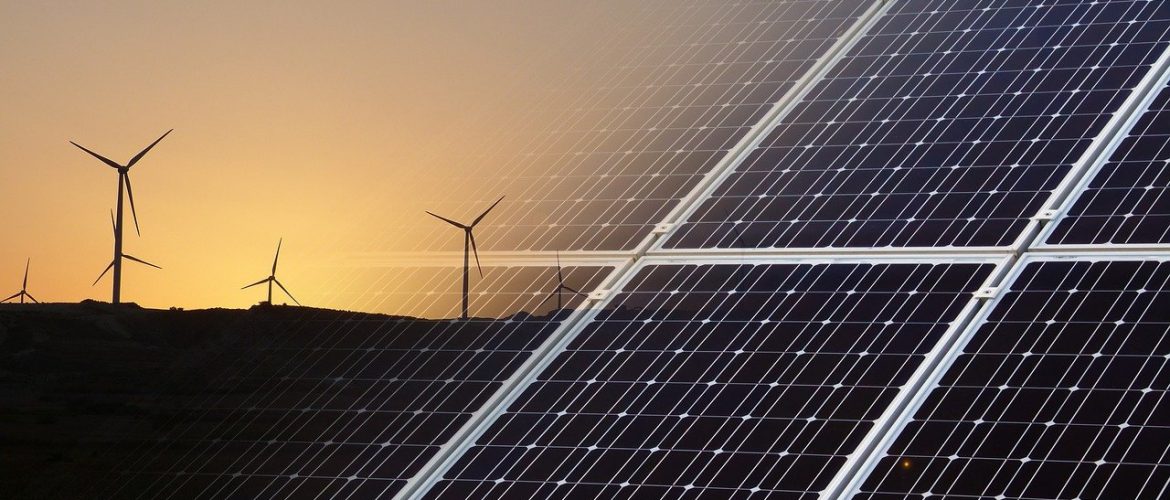According to the latest monthly data for the interconnected electricity network from the Greek IPTO “ADMIE” (September 2022):
Renewables excluding large hydro continue to dominate Greece’s electricity mix in the first 9 months of the year, contributing 14779 GWh, increasing the lead they had established in the first 8 months of the year over the second-placed fossil gas (14399 GWh), which for the first time since 2018 decreased compared to the previous year.
The production from lignite in the first nine months of 2022 was slightly increased, reaching a total of 4389 GWh, just 177 GWh more than the corresponding production of 2021 and far from the plans to double its production announced by the Ministry of the Environment and Energy.
A significant drop was also observed in the net imports with 2358 GWh compared to the 3640 GWh in the first 9 months of 2021.
Lastly, the cumulative electricity demand in the first 9 months of 2022 remained at almost the same levels as in 2021 (-1.1% compared to 2021).
As a result, in the first 9 months of 2022, renewables including large hydro covered 46.1% of the consumption in the interconnected electricity grid of Greece increasing their share from 41.7% in the same period of 2021. Fossil gas followed with 36.7% (-1.8 percentage points compared to 2021), lignite with 11.2% (+0.6 points compared to 2021) and net imports with 6% (-3.2 points compared to 2021).
Renewables excluding large hydro achieved the largest percentage increase in the first nine months of 2022, boosting their production by 18.1% compared to the same period of 2021 and thus covering most of the reduction in electricity from net imports, fossil gas and large hydro.
Apart from renewables, lignite was also increased in 2022 compared to 2021, but to a much lesser extent (+4.2%).
On the contrary, fossil gas recorded, for the first time since 2018, a significant decrease of 5.7% compared to the same period of the previous year (2021 was a record year for gas consumption in Greece). However, gas production in the first nine months of 2022 remained at higher levels than that of 2020 (+8.7%).
Although renewables’ contribution in Greece’s electricity mix continued its increase, cumulatively in the first 9 months of 2022, fossil fuels (gas and lignite) surpassed the electricity generated by renewables including large hydro by 719 GWh than (18789 GWh vs 18070 GWh).
This difference of 0.7TWh is entirely due to the equal-size reduction in the production by large hydro compared to the same period of 2021. It is also much smaller than the corresponding difference of 2021. As a result, the increased contribution of renewables -without large hydro-, combined with the small decline in the production from fossil fuels, reduced the gao between clean energy and fossil fules by 2.3 TWh.
Specifically in September 2022:
- The monthly electricity production from renewables (1540 GWh) excluding large hydro, exceeded that of fossil gas (1250 GWh), for the fourth month in 2022 (April, May, June).
- Production from gas decreased considerably (-37%) compared to September 2021.
- Although decreased compared to the previous months of 2022, production from lignite in September (394 GWh) was higher by 10% compared to the same month of 2021.
- After two consecutive months of Greece exporting more electricity than it imports , in September the country required 446 GWh of net imports to cover its electricity needs, the second lowest monthly amount of net imported electricity in 2022.
- For the third consecutive month of 2022, electricity demand in September was decreased compared to the same month of the previous year. However, the decrease in September (-5.2%) was markedly smaller than the corresponding in August (-12.5%) and July (-11%).























































































































































































































































































